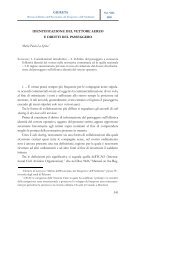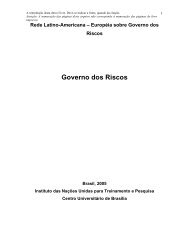YEARS OF EUROPEAN ONLINE ANNÉES DE EN LIGNE ...
YEARS OF EUROPEAN ONLINE ANNÉES DE EN LIGNE ...
YEARS OF EUROPEAN ONLINE ANNÉES DE EN LIGNE ...
You also want an ePaper? Increase the reach of your titles
YUMPU automatically turns print PDFs into web optimized ePapers that Google loves.
Utility equals usefulness. for example, if someone encrypted data on<br />
server or disk to prevent unauthorised access or undetected modiications, and<br />
then lost the decryption key, that would be a breach of utility. the data would<br />
be integral, authentic, and available — they just would not be useful in that<br />
form. the same goes for the storage of data in a format inappropriate for a<br />
speciic computer architecture, for example SGmL instead of XmL, EBCDIC<br />
instead of ASCII or a DVD-ROm instead of a 1.44 mb diskette.<br />
Control of information usually refers to the ownership of data and to the<br />
different possibilities to modify or delete data. the access control to databases<br />
with the ‘original versions’ of legal gazettes is a typical challenge to this aspect<br />
of security.<br />
On the question of authenticity, a distinction has to be made between (a)<br />
the authenticity of electronic documents, (b) the authentication of production<br />
processes of electronic documents, and (c) authentication of printing and delivery<br />
of electronic documents<br />
As regards authenticity and authentication, some principles are essential.<br />
1. the authentication processes should be effective, eficient, reliable and<br />
easy to use.<br />
2. the choice of technology, services and technical solutions should emphasise<br />
compliance with standards.<br />
3. Proportionality should be stressed: the scope and intensity of the practical<br />
measures in the authentication should be in proportion to the degree of<br />
beneits that the institutions and citizens are expected to have.<br />
Often authenticity equals reliability. A reliable document or an authentic<br />
document is one endowed with trustworthiness. Speciically, trustworthiness<br />
is conferred to a document by its degree of completeness and the degree of<br />
control over its creation procedure and/or its author’s reliability. the author’s<br />
reliability means in practice, for example, that a legislative act is suficiently<br />
authenticated if it is signed by the president or the prime minister.<br />
the ISO standard on record management (ISO 15489) deines authenticity,<br />
reliability, integrity and useability in the following terms.<br />
• An authentic record is one that can be proven to be what it purports to be;<br />
to have been created or sent by the person purported to have created or<br />
sent it; and to have been created or sent at the time purported.<br />
• A reliable record is one whose contents can be trusted as a full and accurate<br />
representation of the transactions, activities or facts to which they attest<br />
and can be depended upon in the course of subsequent transactions<br />
or activities.<br />
01_2007_5222_txt_ML.indd 100 6-12-2007 15:13:51



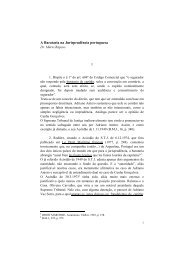
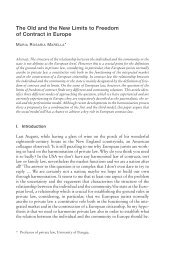

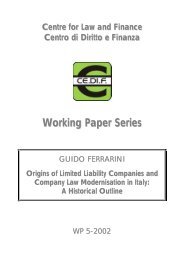
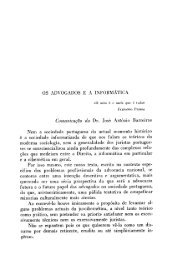
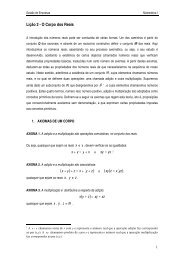
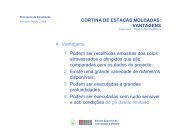
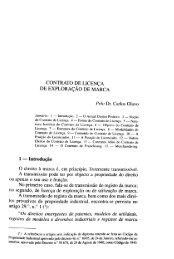
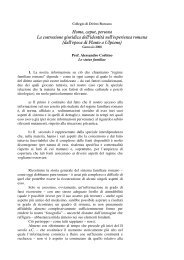
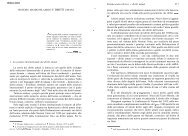
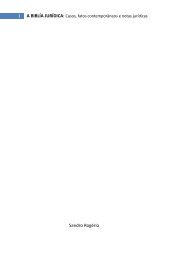
![Luigi Sapio Nozione di islām La parola “islām” [ ] è il mas.dar1 ...](https://img.yumpu.com/15836073/1/185x260/luigi-sapio-nozione-di-islam-la-parola-islam-e-il-masdar1-.jpg?quality=85)
